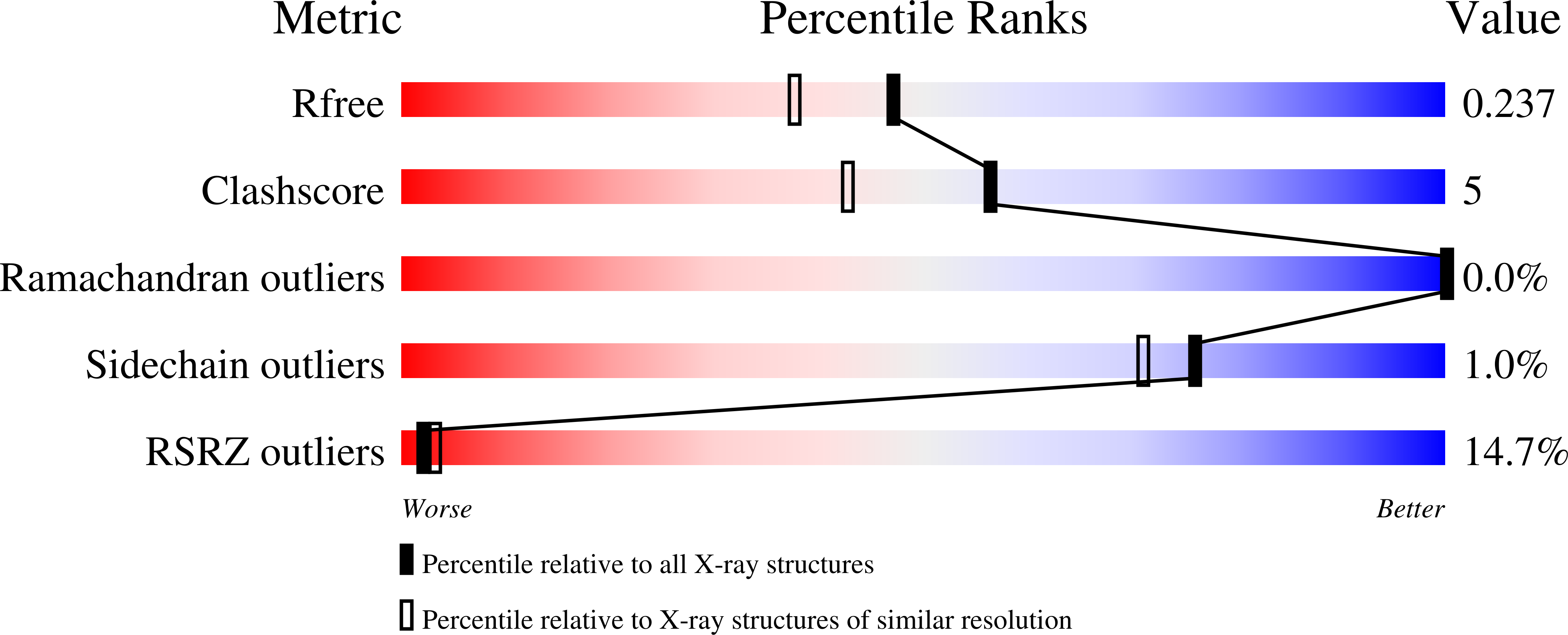
Deposition Date
2020-10-08
Release Date
2021-02-17
Last Version Date
2023-10-18
Entry Detail
PDB ID:
7KD9
Keywords:
Title:
Crystal Structure of Gallic Acid Decarboxylase from Arxula adeninivorans
Biological Source:
Source Organism:
Blastobotrys adeninivorans (Taxon ID: 409370)
Host Organism:
Method Details:
Experimental Method:
Resolution:
1.94 Å
R-Value Free:
0.23
R-Value Work:
0.19
R-Value Observed:
0.19
Space Group:
P 21 21 2


